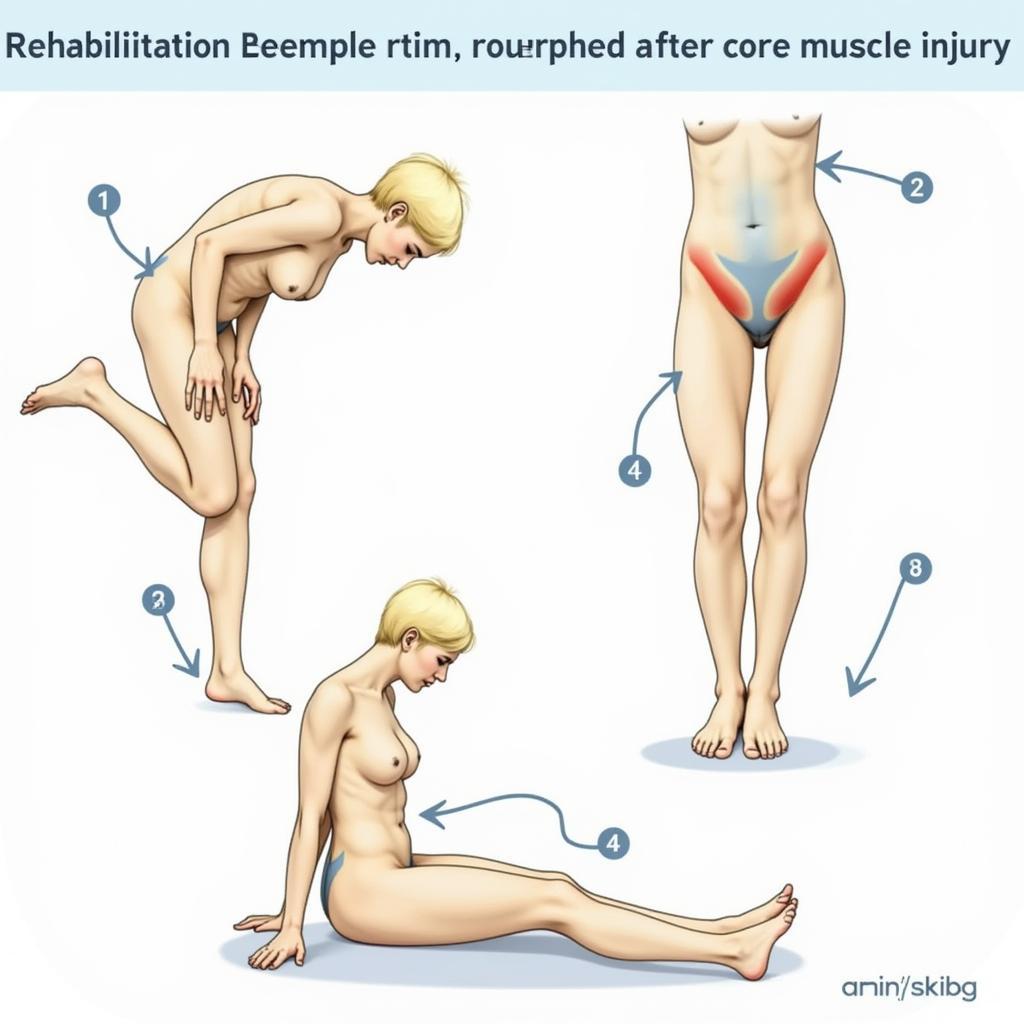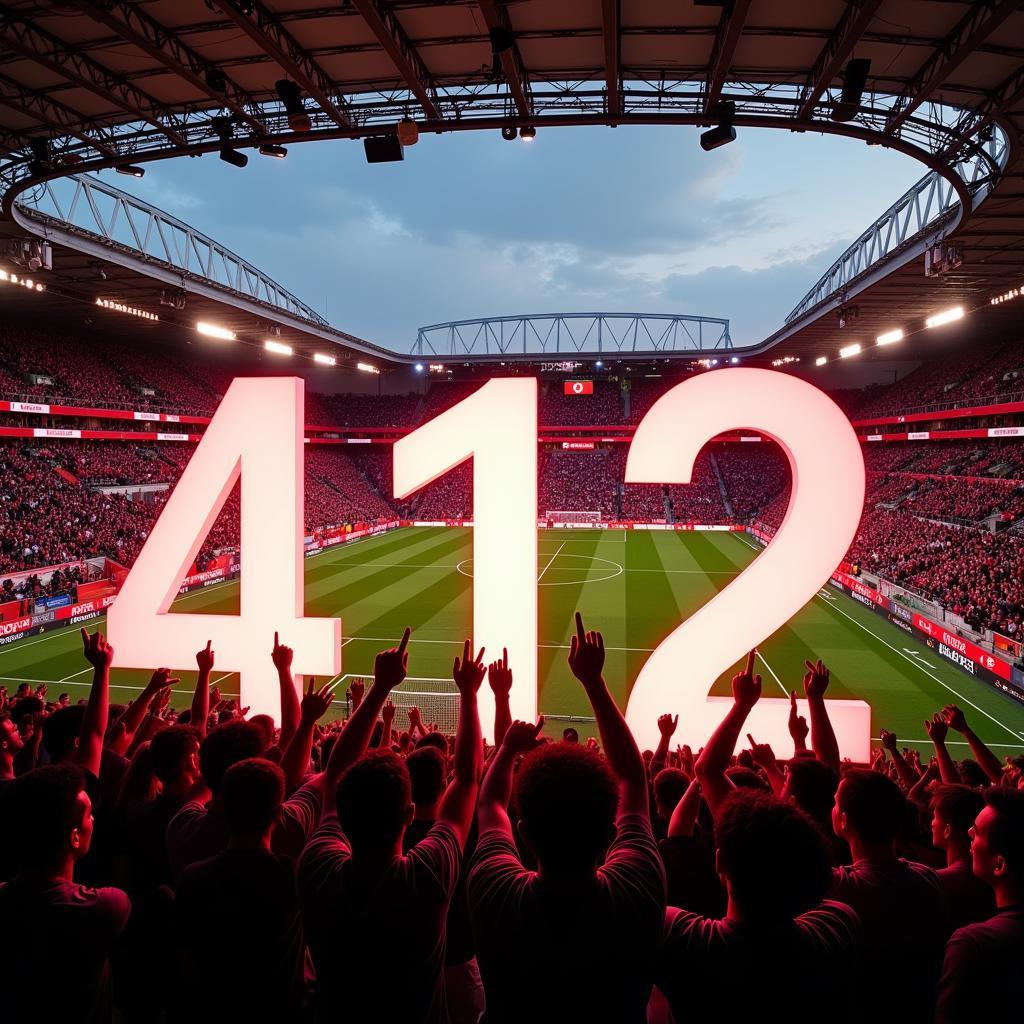Understanding Core Muscle Injury Surgery
Core Muscle Injury Surgery is often a last resort for athletes, especially in demanding sports like football. This procedure aims to repair tears or damage in the muscles of the abdomen and groin, allowing athletes to return to peak performance. Understanding the surgery, recovery process, and potential risks is crucial for informed decision-making.
What Leads to Core Muscle Injury Surgery?
Core muscle injuries, often referred to as sports hernias, are common among athletes who perform repetitive twisting, turning, and cutting motions. While conservative treatments like rest, physical therapy, and injections are often effective, surgery becomes necessary when these methods fail to provide relief. The pain from a core muscle injury can significantly impact an athlete’s ability to train and compete, affecting their overall performance. Sometimes, the injury is so severe that surgery is the only viable option.
Surgical Techniques and Recovery
There are two primary surgical approaches: open surgery and laparoscopic surgery. Open surgery involves a larger incision, while laparoscopic surgery utilizes smaller incisions and a camera. Both methods aim to repair the damaged tissues and reinforce the abdominal wall. The choice of technique depends on the specific injury and the surgeon’s expertise.
Recovery from core muscle injury surgery typically involves a period of rest followed by a gradual return to activity. Physical therapy plays a vital role in regaining strength, flexibility, and range of motion. The recovery timeline varies depending on the individual and the extent of the injury.
Dr. Emre Acar, a renowned sports physician in Istanbul, notes, “Recovery is a gradual process, and athletes must be patient. Pushing too hard too soon can lead to re-injury and setbacks.”
Minimizing Risks and Ensuring a Successful Outcome
While core muscle injury surgery is generally safe, like any surgical procedure, it carries potential risks. These include infection, bleeding, and nerve damage. Choosing an experienced surgeon and adhering to post-operative instructions can significantly minimize these risks.
Returning to the Pitch: Post-Surgery Rehabilitation
Returning to competitive sports after core muscle injury surgery requires a structured rehabilitation program. This program typically involves a combination of stretching, strengthening exercises, and gradual increases in activity levels.
Dr. Ayşe Kara, a leading physiotherapist specializing in sports rehabilitation, explains, “A tailored rehabilitation program is essential for a successful return to sports. It focuses on rebuilding core strength and restoring functional movement.”
 Post-Surgery Rehabilitation Exercises
Post-Surgery Rehabilitation Exercises
Core Muscle Injury Surgery: When is it Necessary?
Core muscle injury surgery becomes necessary when non-surgical treatments fail to alleviate pain and restore function. It is a viable option for athletes who want to return to high-level competition.
In conclusion, core muscle injury surgery is an effective treatment for athletes suffering from persistent pain and functional limitations. Understanding the procedure, recovery process, and potential risks can help athletes make informed decisions and return to their sport stronger than ever.
FAQ
-
How long does recovery take after core muscle injury surgery? Recovery time varies but typically takes several weeks to months.
-
What are the common symptoms of a core muscle injury? Common symptoms include groin pain, abdominal pain, and pain with twisting or turning movements.
-
Is laparoscopic surgery better than open surgery? Both techniques are effective; the best option depends on the individual case.
-
When can I return to playing football after surgery? Return to sports is determined by the surgeon and based on individual progress in rehabilitation.
-
What are the long-term outcomes of core muscle injury surgery? Most athletes experience significant pain relief and return to their previous level of activity.
-
Are there any alternative treatments to surgery? Yes, conservative treatments like rest, physical therapy, and injections can be effective in some cases.
-
How can I prevent core muscle injuries? A proper warm-up, strengthening exercises, and good biomechanics can help prevent core muscle injuries.
For further assistance, please contact us at Phone Number: 0989060241, Email: [email protected] or visit us at Address: Plot 2, Hamlet 5, An Khuong, Hon Quan, Binh Phuoc, Vietnam. We have a 24/7 customer service team.

